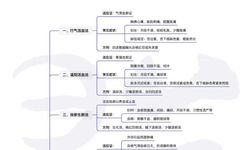
Chinese Medicine Book Club Issue 3338
Daily updates to accompany the growth of TCM practitioners
IIntroduction:Activating blood circulation and resolving blood stasis is the general principle for treating blood stasis syndromes. However, the causes, mechanisms, and symptoms of blood stasis vary, leading to different treatment methods. Based on clinical experience, Li Shoushan proposed eight different methods for treating blood stasis, providing references for clinical practice.
—This article is approximately1200words, expected reading time3minutes—

Clinical Applications of the Eight Methods of Activating Blood CirculationAuthor: Li Shoushan
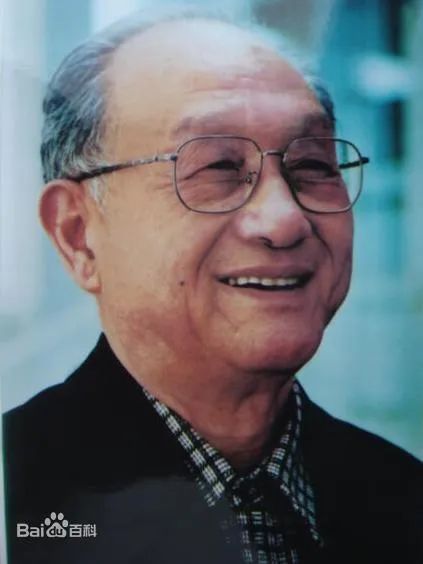 |
Li Shoushan, 1922–2013, one of the first nationally recognized veteran TCM practitioners. Born into a family of TCM practitioners, he served as the director of Dalian TCM Hospital and began receiving special government allowances from the State Council in 1992. In 2003, he was awarded the “Highest Achievement Award” and the title of lifetime council member by the Chinese Association of Traditional Chinese Medicine. He proposed unique diagnostic approaches for atrophic gastritis based on “distention”, peptic ulcers based on “abscess”, and chronic colitis based on “dysentery”, advocating for the regulation of the spleen and stomach to treat difficult internal medicine conditions. |
“Activating blood circulation and resolving blood stasis” is the general principle for treating blood stasis syndromes. However, due to different causes, symptoms, and the relationship between disease and blood stasis, various combinations of treatments are used. Based on personal experience, the following eight methods are commonly employed:
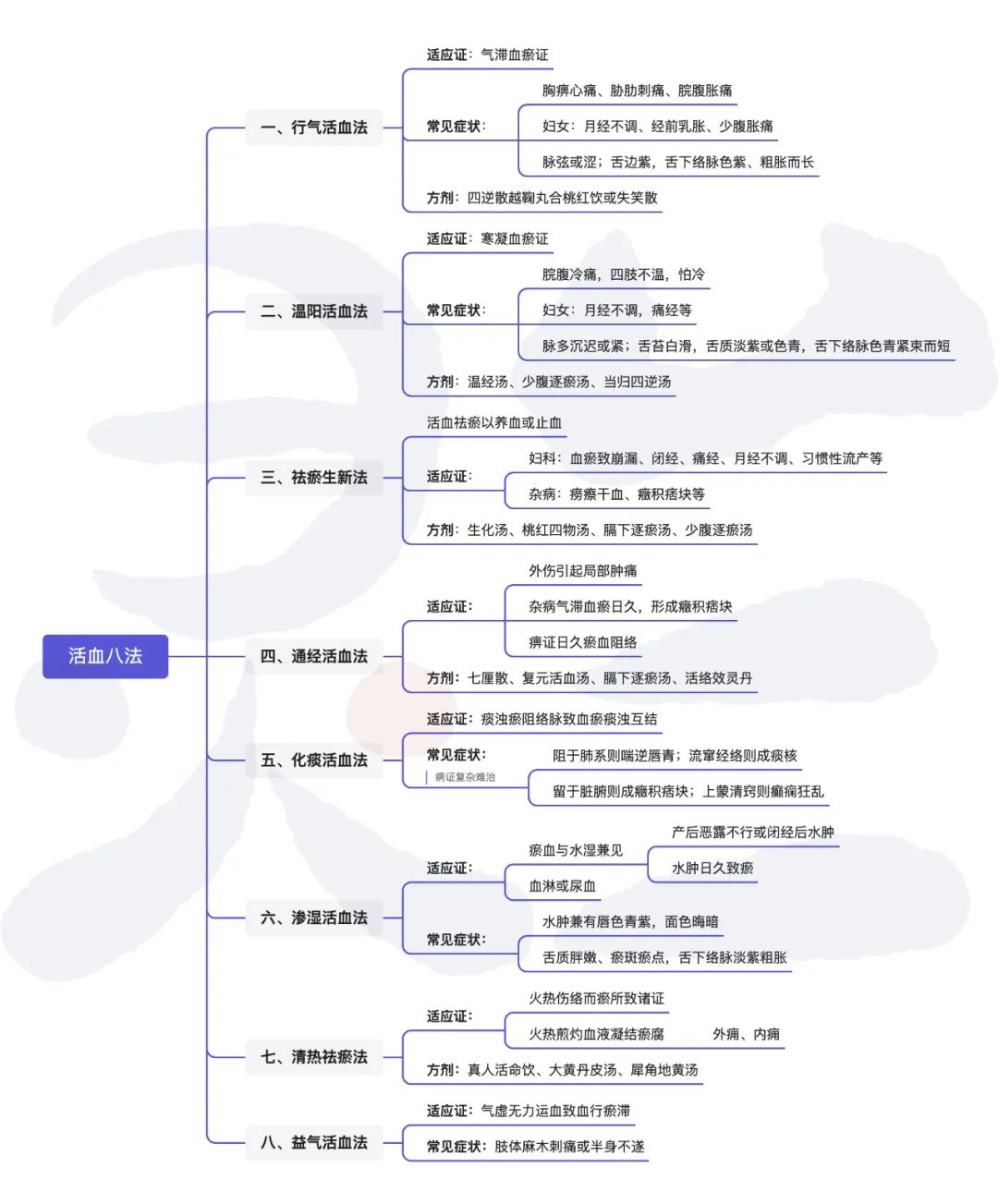
1. Qi-Activating and Blood-Activating Method
This method combines qi-activating herbs with blood-activating herbs to treat blood stasis caused by qi stagnation or qi stagnation caused by blood stasis.
Common clinical manifestations include chest tightness and heart pain, stabbing pain in the hypochondrium, abdominal distension and pain, as well as women’s menstrual irregularities, breast distension before menstruation, and lower abdominal distension and pain. The pulse is often wiry or choppy, the tongue has purple spots, and the sublingual veins are purple, swollen, and long, with the tongue coating often unchanged.
Common formulas include Si Ni San, Yue Ju Wan combined with Tao Hong Si Wu Tang or Shi Xiao San.
2. Yang-Warming and Blood-Activating Method
This method combines warming herbs with blood-activating herbs to treat cold-congealed blood stasis.
Common symptoms include cold pain in the abdomen, cold extremities, fear of cold, menstrual irregularities, and dysmenorrhea. The pulse is often deep and slow or tight, the tongue coating is white and slippery, the tongue body is pale purple or bluish, and the sublingual veins are bluish, tight, and short.
Common formulas include Wen Jing Tang, Shao Fu Zhu Yu Tang, and Dang Gui Si Ni Tang.
3. Blood-Removing and New-Blood-Generating Method
“If blood stasis is not removed, new blood cannot settle.” This method focuses on using blood-activating and blood-stasis-resolving herbs to nourish or stop bleeding.
This method can be used for various diseases, such as gynecological conditions caused by blood stasis, including menorrhagia, amenorrhea, dysmenorrhea, and habitual miscarriage, as well as miscellaneous diseases like tuberculosis with blood stasis, and abdominal masses.
Common formulas include Sheng Hua Tang, Tao Hong Si Wu Tang, Ge Xia Zhu Yu Tang, and Shao Fu Zhu Yu Tang.
4. Meridian-Opening and Blood-Activating Method
This method uses blood-activating and meridian-opening herbs to treat conditions caused by local swelling and pain due to trauma or miscellaneous diseases where qi stagnation and blood stasis have persisted, leading to abdominal masses or long-standing blood stasis obstructing the meridians.
Common formulas include Qi Li San, Fu Yuan Huo Xue Tang, Ge Xia Zhu Yu Tang, and Huo Luo Xiao Ling Dan.
5. Phlegm-Resolving and Blood-Activating Method
Phlegm and turbid stasis obstruct the meridians, leading to blood stasis. If obstructed in the lung system, it causes wheezing and cyanosis of the lips; if it travels through the meridians, it forms phlegm nodules; if it remains in the organs, it leads to abdominal masses. If it obstructs the clear orifices, it can cause epilepsy and mania. These conditions are often complex and difficult to treat.
6. Dampness-Draining and Blood-Activating Method
This method combines blood-activating herbs with dampness-draining herbs. The relationship between blood stasis and dampness is very close; blood stasis often leads to water retention, and stagnant dampness can also cause blood stasis.
Clinically, this is often seen in edema with cyanosis of the lips, dull complexion, a tongue that is swollen and tender with stasis spots, and sublingual veins that are pale purple and swollen.
This type of edema often occurs postpartum with retained lochia or amenorrhea, and there are also cases where long-standing edema leads to blood stasis. Using only dampness-draining herbs is often ineffective for reducing edema, and using only blood-activating herbs is also difficult to achieve results; thus, a combination of dampness-draining and blood-activating herbs is necessary. Additionally, this method can also be used for blood-tinged urine or hematuria.
7. Heat-Clearing and Blood-Removing Method
This method uses heat-clearing herbs combined with blood-activating herbs to treat conditions caused by heat damaging the vessels or heat scorching and coagulating the blood.
Clinically, this is often seen in external or internal abscesses and various conditions caused by heat damaging the blood and leading to stasis.
Common formulas include Zhen Ren Huo Ming Yin, Da Huang Mu Dan Pi Tang, and Xi Jiao Di Huang Tang.
8. Qi-Boosting and Blood-Activating Method
This method combines qi-boosting herbs with blood-activating herbs to treat blood stasis caused by qi deficiency and inability to move blood, often seen in conditions where there is a mix of deficiency and excess, such as numbness and tingling in the limbs or hemiplegia due to qi deficiency and blood stasis.
—END—
Is it necessary to activate blood circulation and resolve blood stasis for all cases of blood stasis?Five “wonderful combinations” of blood-activating herbs—Copyright Statement—
- This article is excerpted from “One Hundred Years of Chinese Medicine: One Hundred Renowned TCM Practitioners – Li Shoushan” 丨Author: Li Shoushan | Editor: Hou Shujie | Typesetting: Qian Cheng
- This article is copyrighted by the rights holder. For educational exchange only, please do not use any herbs without proper guidance.
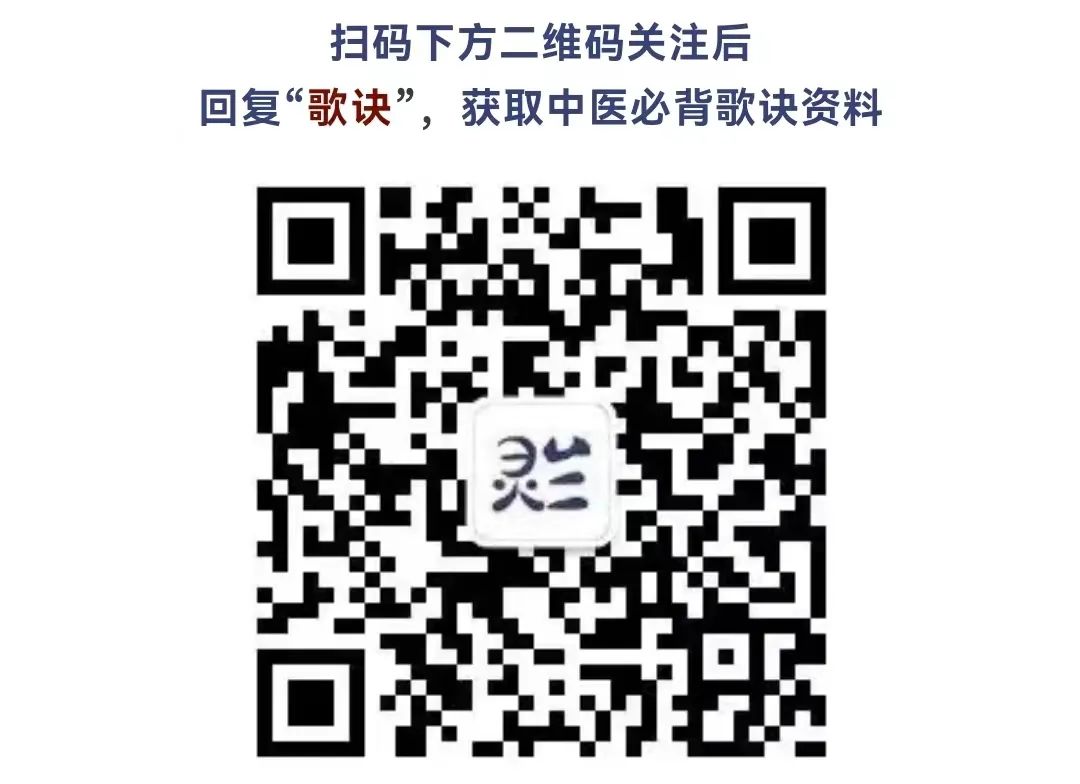
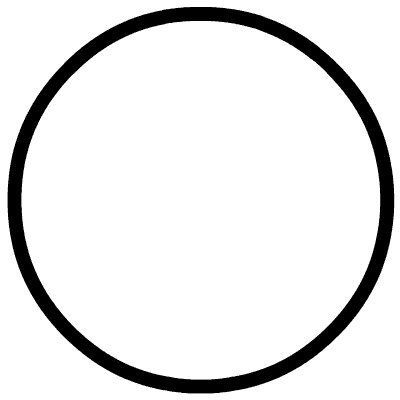 Click here to download the Linglan TCM APP for more exciting articles
Click here to download the Linglan TCM APP for more exciting articles

